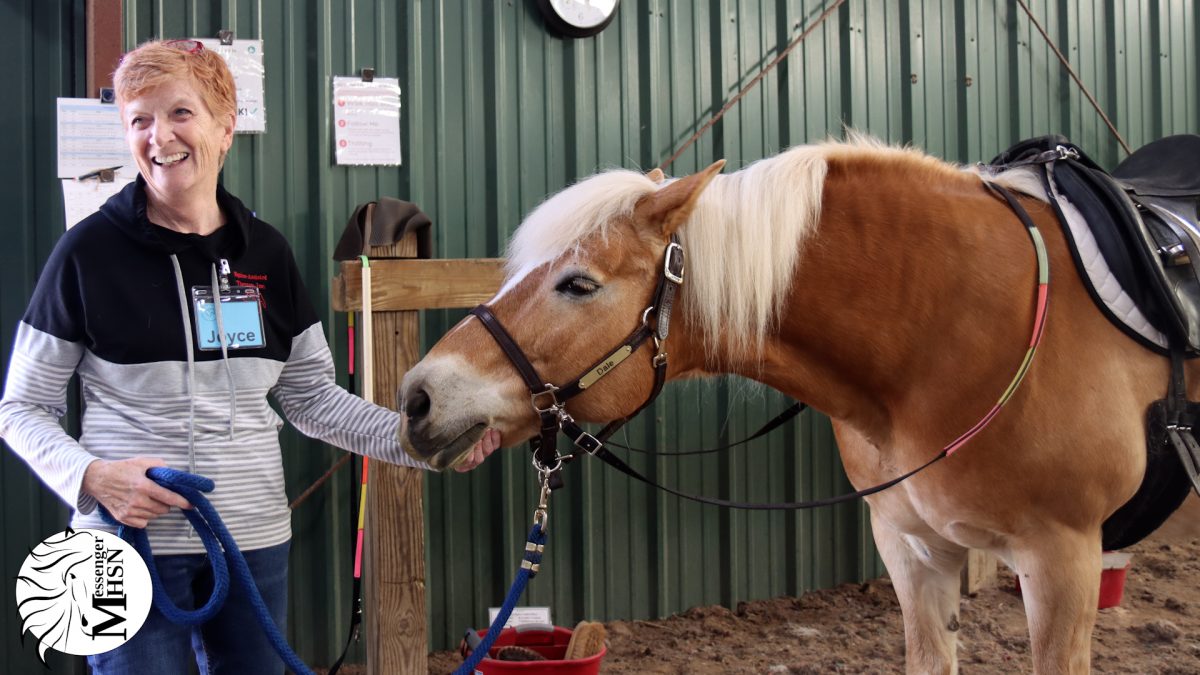I’ll say, say, say,
I’ll say, say, say,
What is the United States if not a clot
of clouds? If not spilled milk? Or blood?
If not the place we once were
in the millions? America is Maps—
Maps are ghosts: white and
layered with people and places I see through.
– Natalie Diaz, “They Don’t Love You Like I Love You”
On the land where students now huddle in groups on cold winter mornings to prepare for history tests, native Tongva (Gabrieleno), Chumash and Fernandeño Tataviam peoples once ruled. Where students now speak English phrases, the languages Chumash and Kizh were once spoken, according to Native Land Digital. The land the school sits on was ceded to the U.S. under Cession 286, a part of Royce’s Schedule of Indian Land Cessions and an indication of the broader systematic attempt of Indigenous erasure perpetrated by the federal government on June 10, 1851. 139 years later, the U.S. Federal Government designated November as Native American Heritage Month.
University of Oklahoma Professor of Native American Cultural Studies Dustin Tahmahkera said a recent national increase of tribal recognition has heightened conversations around Native American presence in modern-day society.
“It is very much an Indigenous-led shift,” Tahmahkera said. “We’re taking the time to say ‘Yes, we’re still here, Native peoples are still here. We come in all kinds of skin colors, heights and hair, and we have all kinds of traditions and languages. But yes, the bottom line is we’re still here.’ There’s such a wellspring of support that’s happening now, and the tide is changing.”
Tahmahkera said his experience as a student and citizen of the Comanche Nation led him to believe that there should be proper representation of Indigenous peoples in education.
“The schooling that my generation went through was settler colonial history, and oftentimes, it was celebrated,” Tahmahkera said. “When I was an undergrad, I flipped to the back [of my history book], and I saw that there was Comanches in the index on only one page, page 156. I [went] to page 156 to see how my people were written about, and it [said] ‘Comanches were’—because we are so often in the past tense—‘an obstacle to white progress.’ That’s how we were being presented to an entire generation of leaders. We’re obligated to tell our story.”
Native Americans make up less than
one percent of the population of America.
0.8 percent of 100 percent.
O, mine efficient country.
I do not remember the days before America—
I do not remember the days when we were all here.
– Natalie Diaz, “American Arithmetic”
The Native American population is 14 students, less than 1% of the student population at the school. Last year, a Native American affinity group was offered to students for the first time. Native American Student Alliance (NASA) co-founder and co-leader Spencer Casamassima ’24 said the club objectives are to build awareness around issues affecting Indigenous people.
“The goals of our club are to provide a space for Native American students,” Casamassima said. “We’ve got a very small percentage of our student population that is actually Native American, so it’s mainly about finding allies for the community and being an educational resource.”
Upper School English Teacher and NASA’s faculty advisor Lucas Gonzalez said his goal for the club is to create an environment where Indigenous students feel seen and heard.
“We need to honor and acknowledge the fact that there are Indigenous-identifying students in our community who don’t necessarily have the sense that there is a safe space to talk about those issues,” Gonzalez said. “The goal is to identify as, to be and to find community as Indigenous identifying people [and] to raise awareness both within the community and in our larger world about what it means to identify as an Indigenous person. [Our goal is] for there to be both a safe space to build community but also to integrate the different things that Indigenous people are struggling with or trying to achieve in the world. ”
NASA co-founder and co-leader Cutter East ’24 said he created the club in order the highlight the prominent role Indigenous peoples can play in a modern society given how their contributions are often overlooked or outdated.
“I am a part of other affinity groups where I feel very welcome and have a great time,” East said. “However, I wanted to be a part of a group that celebrates my culture and heritage. I assumed that although there are not many other Natives on campus, they probably felt the same way. My goal with NASA was to create a welcoming space where I can celebrate and learn about my culture with both people who identify and with people who are interested and supportive. Most importantly, the goal of my club is to highlight the Natives of today. Native culture is [often] thought of as a thing of the past, but I want to be able to highlight Natives today in the media and who contribute to today’s culture, whether we know it or not.”
I dig. We are vanishing lines in history books, treaties;
laws do not protect us. I dig until mud and earth find home
underneath my fingernails. I’ll plant something new
in the absence burn vanish underreport
– Tanaya Winder, “Missing More Than a Word”
The History Department changed Advanced Placement U.S. History to Honors U.S. History for the 2023-2024 school year and beyond, a decision that was made to allow teachers more flexibility in their individual curricula. Upper School History Teacher Erik C. Wade said the change in course designation has not affected how he teaches the class because he was already highlighting Indigenous narratives in his courses.
“Students were so intellectually and emotionally stuck on the idea of the AP, and we wanted to center them on the discipline of history,” Wade said. “I’ve worked on centering [Diversity, Equity and Inclusion] since I began as a teacher back in 2010. It’s always been at the core of what I teach.”
Wade’s students are assigned excerpts written by Roxanne Dunbar-Ortiz, a historian who focuses on Indigenous history. Wade said Indigenous histories, like those of many marginalized groups, are often lost due to language barriers.
“The challenge for [the] Latinx [community], the African diaspora, Asian diaspora and Native Americans is that things are either lost in translation or are just lost,” Wade said. “So many languages were lost, and now, people are trying to piece them together. This is true for Native Americans all across the nation and beyond. If those stories, which were often oral histories and told in their language, are lost, it’s hard to actually convey the past experiences that people were having in order to make sense of what’s happening today.”
Gonzalez said finding Indigenous works to incorporate into the English curriculum takes extra steps because of historical practices of erasure and a lack of Indigenous representation in the literary mainstream.
“There is an extent to which history has elevated certain voices and suppressed others,” Gonzalez said. “It’s not only finding work that’s out there. It’s also finding work that’s teachable students. There’s also the extra framework of the historical context in which those pieces are written, and [we should be] doing them justice rather than just putting them out there. The work is out there, and an intention for discovering those voices is rewarded, even though so many of those voices are still working their way into the canon.”
Numerous books written by Indigenous authors are taught in the English Department. Upper School English Teacher Stephanie Chiang said she hopes to incorporate Indigenous voices into her curriculum so students can hear from minority voices and feel represented.
“I’m new to this school, and [with] the kind of curriculum that’s been set, I feel like [there’s] not enough minority voices,” Chiang said. “If you look at the demographics at Harvard-Westlake, we have such a diverse group of students, and literature is a way for you to find meaning and see through another person’s perspective. Reading is a way to learn how to write [and] analyze, but what if reading could be a way for you to experience a sense of belonging? If we had different voices, we could understand other people more, and we could also finally experience that sense of belonging through our readings beyond our physical space.”
Assistant Head of School for Community and Belonging Janine Jones said she feels that the school incorporates diverse perspectives in curriculum, but needs to focus more on Indigenous experiences.
“It has been one of the places that has evolved the least [compared to] some of our other groups, but it still has evolved,” Jones said. “Something that we did in the 2020-2021 school year was to have an equity audit for every single course that is offered at Harvard-Westlake. They were looking at it through a lens of DEI, and one of the things that they looked through was representation. How are various individuals or cultures represented at Harvard-Westlake in our courses? I have seen it evolve, but I haven’t seen the indigenous population evolve in the same way that I have other cultures and identities.”
As we
embrace resist
the future the present the past
we work we struggle we begin we fail
to understand to find to unbraid to accept to question
the grief the grief the grief the grief
we shift we wield we bury
into light as ash
across our faces
Layli Long Soldier, “Obligations 2”
Professor Tahmakera said he hopes that Indigenous people will eventually be able to live according to their values and traditions.
“The goal is just continuing to learn to be a human being in relation to other humans, and to the animals, to the skies, to the waters, to the land,” Tahmakera said. “Instead of having to work in a reactionary mode like we were doing for a long time, if we can proactively go forth and create the art that we want and be who we want to be, if we’re doing it in the interest of honoring and healing and harmony, then I think we’re on a good track.”
This story was originally published on The Harvard-Westlake Chronicle on November 15, 2023.





![With the AISD rank and GPA discrepancies, some students had significant changes to their stats. College and career counselor Camille Nix worked with students to appeal their college decisions if they got rejected from schools depending on their previous stats before getting updated. Students worked with Nix to update schools on their new stats in order to fully get their appropriate decisions. “Those who already were accepted [won’t be affected], but it could factor in if a student appeals their initial decision,” Principal Andy Baxa said.](https://bestofsno.com/wp-content/uploads/2024/05/53674616658_18d367e00f_o-1200x676.jpg)
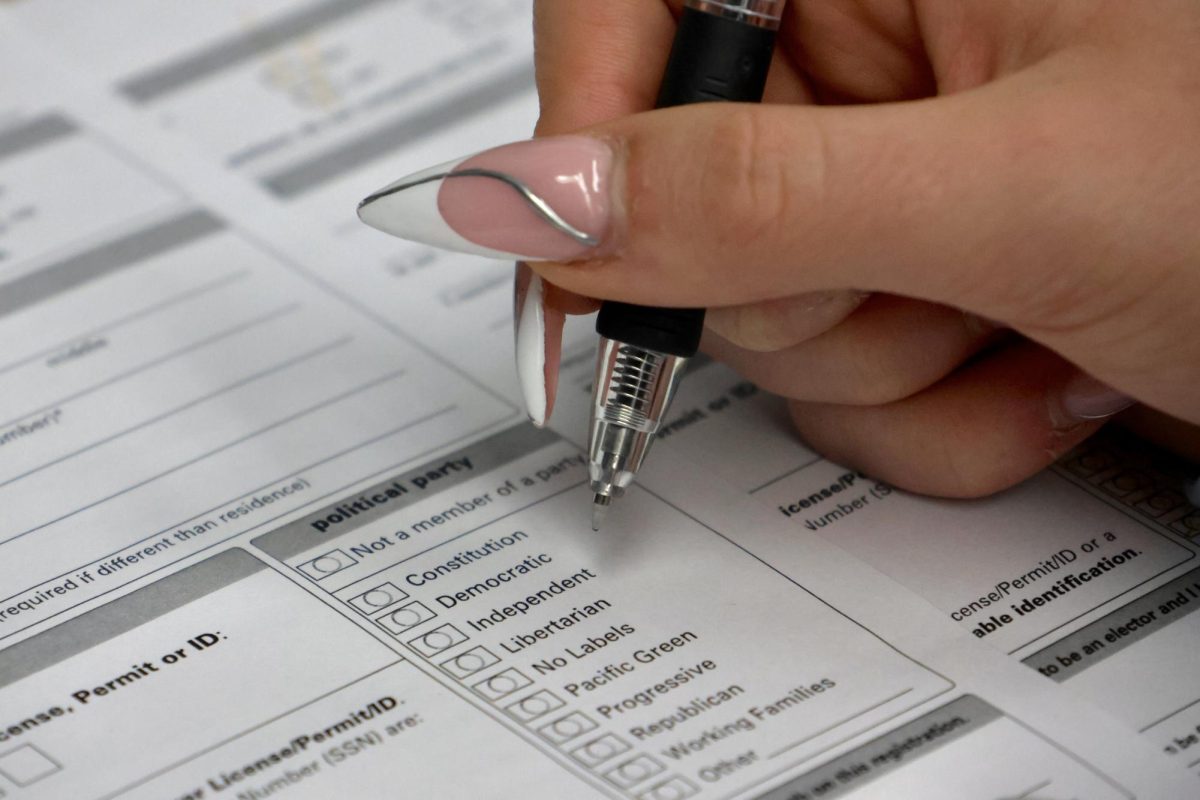




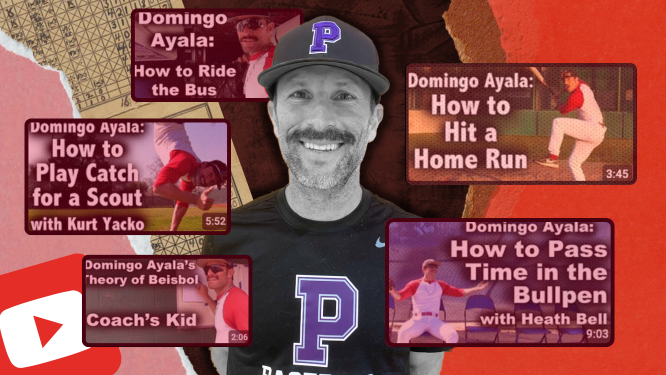
![Junior Mia Milicevic practices her forehand at tennis practice with the WJ girls tennis team. “Sometimes I don’t like [tennis] because you’re alone but most of the time, I do like it for that reason because it really is just you out there. I do experience being part of a team at WJ but in tournaments and when I’m playing outside of school, I like that rush when I win a point because I did it all by myself, Milicevic said. (Courtesy Mia Milicevic)](https://bestofsno.com/wp-content/uploads/2024/06/c54807e1-6ab6-4b0b-9c65-bfa256bc7587.jpg)








![The Jaguar student section sits down while the girls basketball team plays in the Great Eight game at the Denver Coliseum against Valor Christian High School Feb. 29. Many students who participated in the boys basketball student section prior to the girls basketball game left before half-time. I think it [the student section] plays a huge role because we actually had a decent crowd at a ranch game. I think that was the only time we had like a student section. And the energy was just awesome, varsity pointing and shooting guard Brooke Harding ‘25 said. I dont expect much from them [the Golden Boys] at all. But the fact that they left at the Elite Eight game when they were already there is honestly mind blowing to me.](https://bestofsno.com/wp-content/uploads/2024/05/IMG_7517-e1716250578550-900x1200.jpeg)


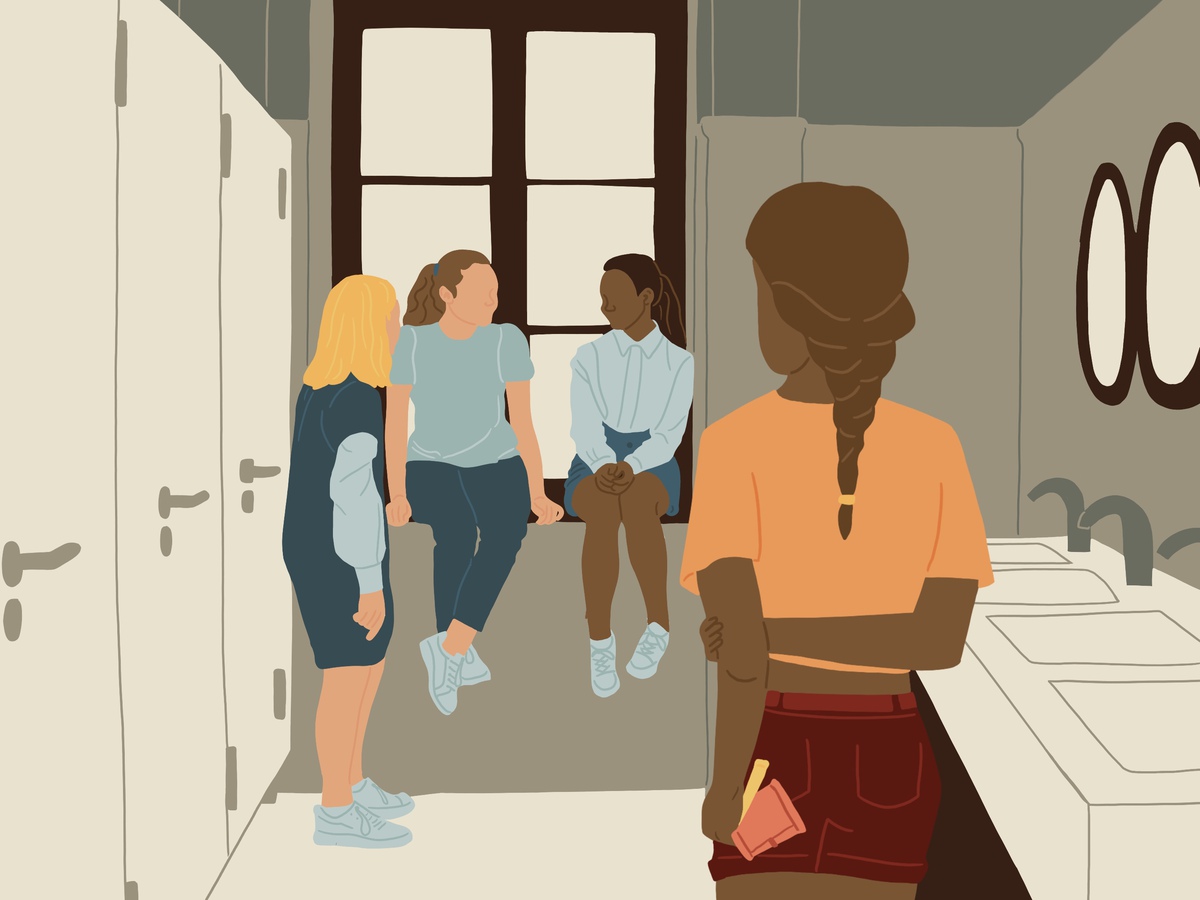

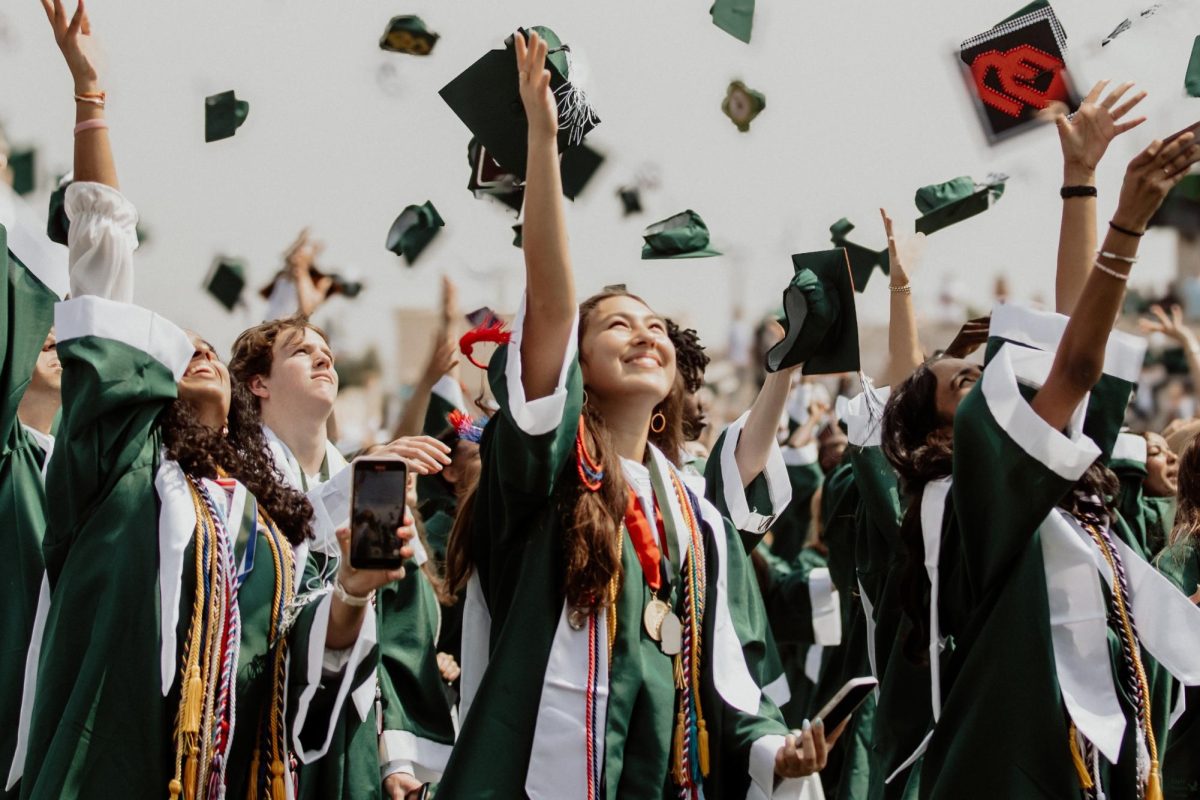
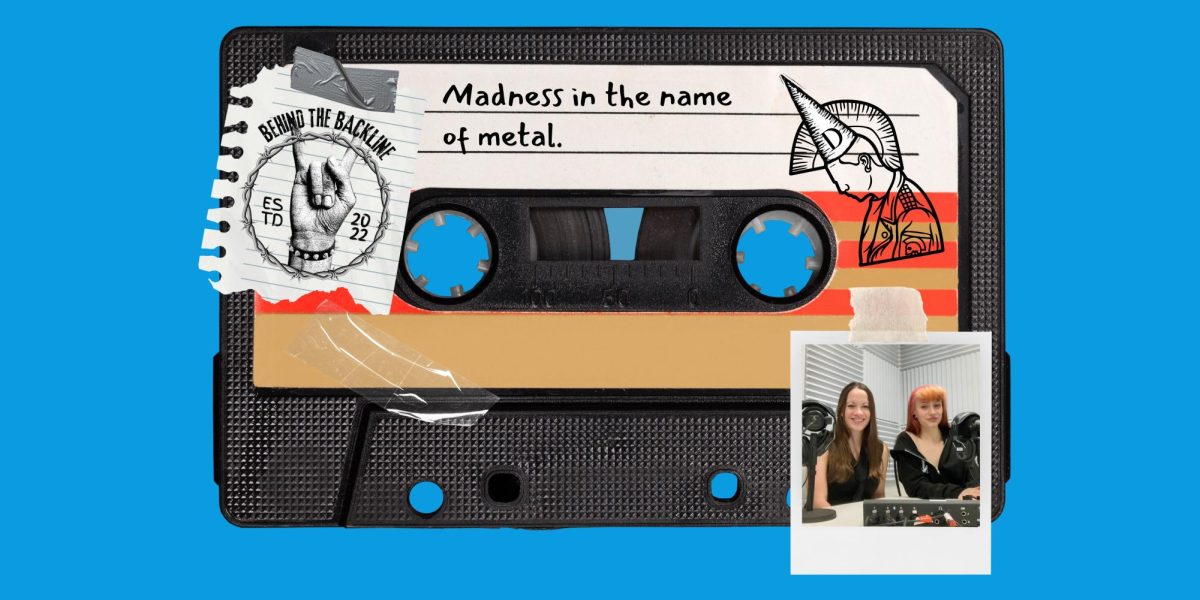

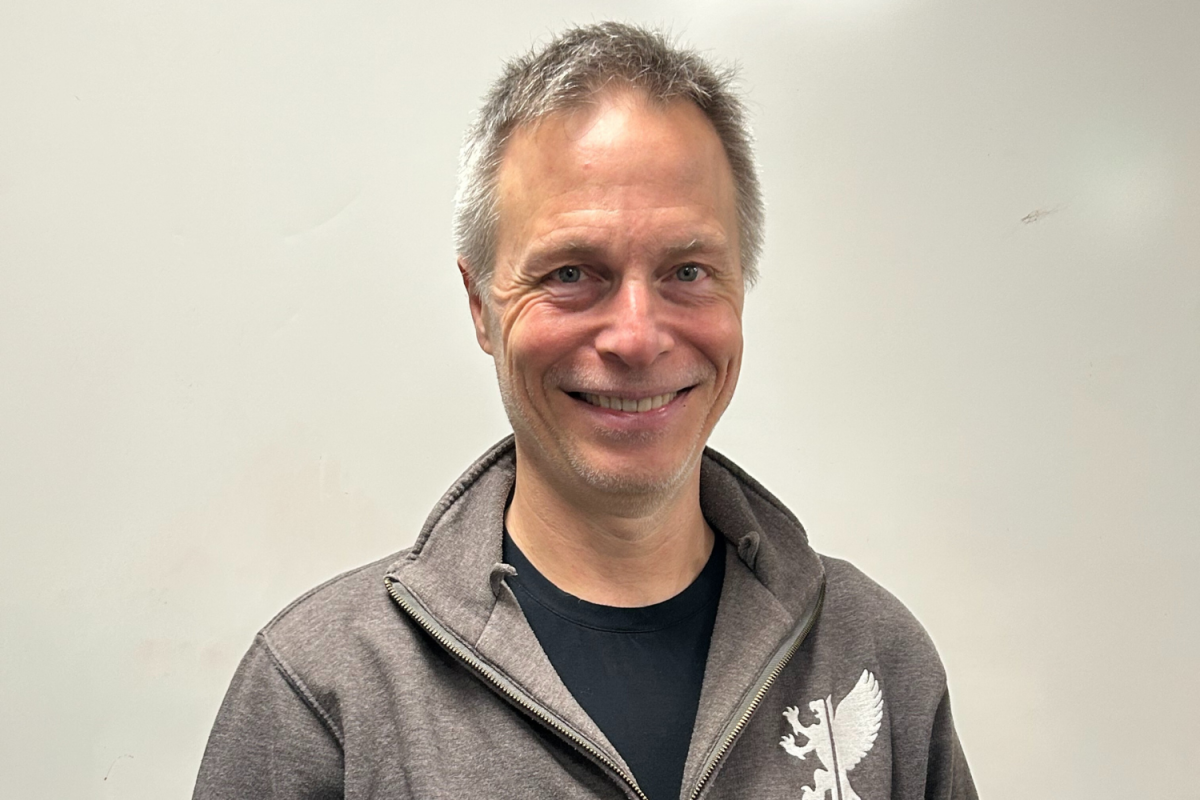

![BACKGROUND IN THE BUSINESS: Dressed by junior designer Kaitlyn Gerrie, senior Chamila Muñoz took to the “Dreamland” runway this past weekend. While it was her first time participating in the McCallum fashion show, Muñoz isn’t new to the modeling world.
I modeled here and there when I was a lot younger, maybe five or six [years old] for some jewelry brands and small businesses, but not much in recent years,” Muñoz said.
Muñoz had hoped to participate in last year’s show but couldn’t due to scheduling conflicts. For her senior year, though, she couldn’t let the opportunity pass her by.
“It’s [modeling] something I haven’t done in a while so I was excited to step out of my comfort zone in a way,” Muñoz said. “I always love trying new things and being able to show off designs of my schoolmates is such an honor.”
The preparation process for the show was hectic, leaving the final reveal of Gerrie’s design until days before the show, but the moment Muñoz tried on the outfit, all the stress for both designer and model melted away.
“I didn’t get to try on my outfit until the day before, but the look on Kaitlyn’s face when she saw what she had worked so hard to make actually on a model was just so special,” Muñoz said. “I know it meant so much to her. But then she handed me a blindfold and told me I’d be walking with it on, so that was pretty wild.”
Caption by Francie Wilhelm.](https://bestofsno.com/wp-content/uploads/2024/05/53535098892_130167352f_o-1200x800.jpg)




